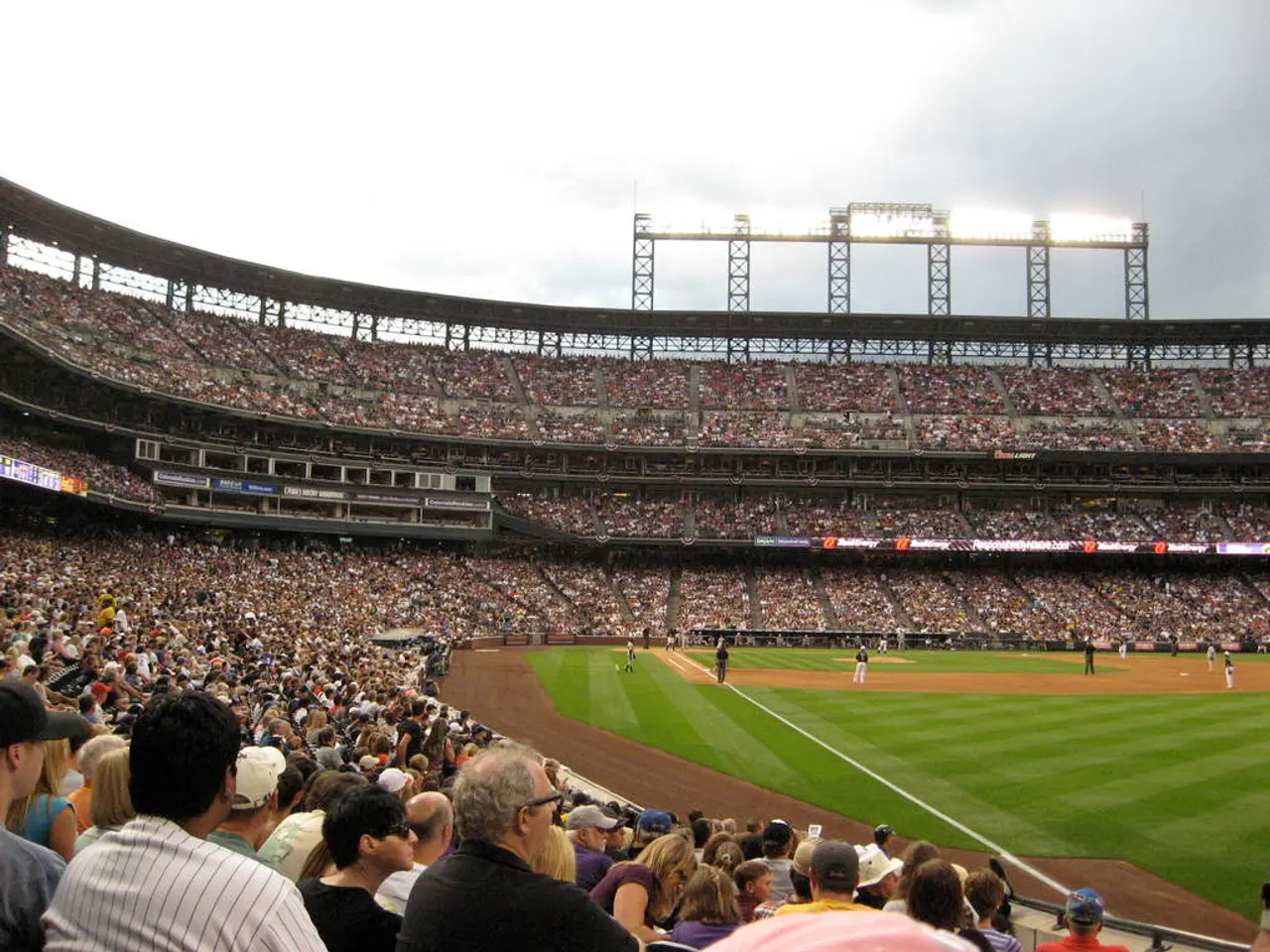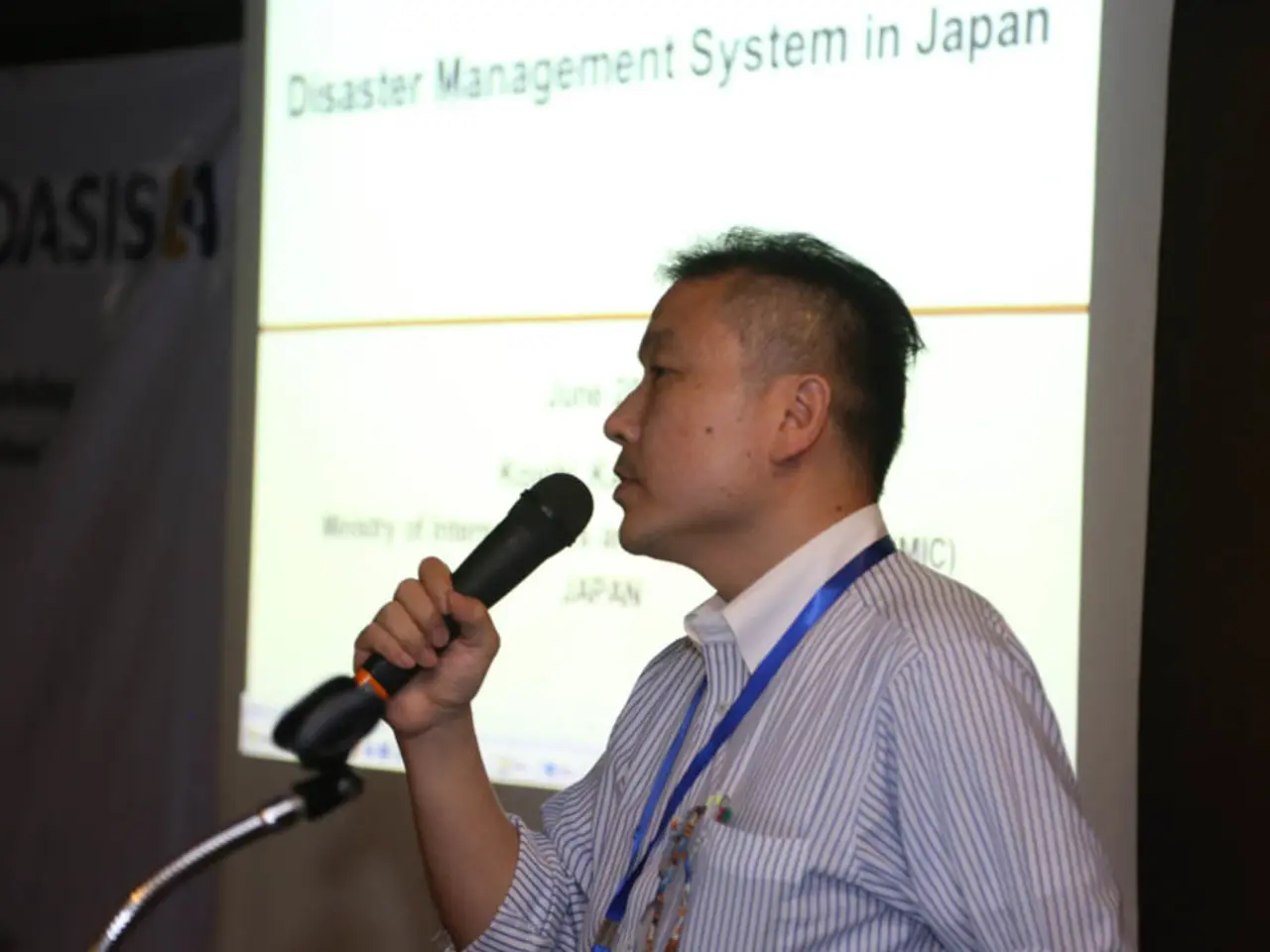Foreigners in Switzerland grappling with challenges in the realms of aquatic activities, healthcare, and wages during the current season
In Switzerland, a significant shift has been observed in the wage gap between Swiss nationals and foreign workers, particularly at high professional levels. According to a recent study, wage differences between Swiss and foreign employees in Switzerland have become smaller at higher professional levels, particularly among high-ranking management positions [1].
Erik Wirz, a Swiss executive headhunter, noted that about a third of high-level digital transformation jobs in Switzerland are filled by foreign candidates, mainly from Germany, and salaries at this level are fairly comparable internationally [1]. This suggests wage parity for elite positions between Swiss nationals and foreigners.
However, disparities remain more pronounced at lower wage levels and for non-executive roles. The Swiss wage structure is influenced by cantonal and sector-specific minimum wages. In 2025, four cantons have defined minimum wage thresholds ranging roughly from 21 to 24.5 CHF per hour, which serve as a wage floor for all employees regardless of nationality in those regions [2].
Since Switzerland does not have a national minimum wage, wage differences can vary widely depending on location, sector, and collective labor agreements.
Broadening the scope, labor market trends in Switzerland and comparable OECD countries indicate that real wages, especially those negotiated through collective agreements, have been recovering since the inflation shocks of 2022 but remain below pre-pandemic peak levels in some cases [3][4]. The Swiss labor market shows moderate wage growth supported by real wage increases and stronger economic activity in 2025, with some signs of labor market softening.
Meanwhile, the municipal council of Mendrisio is considering implementing a restriction at its swimming facility for Italians during peak times like weekends and national holidays. This proposal is currently only a proposal and will be debated in more detail during future parliament sessions.
Similarly, the municipal council of Porrentruy banned groups of young people from neighboring France from visiting a public pool until August 31st. Incidents of problematic behavior from foreign nationals have led to restrictions in other areas as well, such as Basel.
It's important to note that the lower costs associated with foreign patients are partly due to the age structure of the foreign population, which has a higher proportion of working-age individuals [5]. Many foreigners return to their home countries before retirement, reducing their access to Swiss healthcare.
The outdated image of immigrants, shaped by experiences from the 1990s, no longer reflects reality today. Most immigrants come to Switzerland for education or career opportunities and many leave after five to ten years [6]. A research team analysed data containing millions of entries from censuses, population registers, and Switzerland's central migration information system to study the changing profile of immigrants.
In December 2024, Bern and Brussels concluded a treaty that includes changes to the Agreement on the Free Movement of Persons. The changes cover employment-based immigration, new 'permanent residency' status, and laxer family reunification rules. Some Swiss MPs have proposed levying a tax on foreign motorists transiting through Switzerland during heavy travel periods to prevent traffic jams, particularly at the congested Gotthard tunnel, a gateway between Switzerland and Italy.
The wage disparities are greatest between Swiss and foreign men, with Swiss men earning 18 percent more on average [1]. However, the Federal Statistical Office noted that the wage differential in favor of Swiss employees over foreign workers remains consistent across permit categories [7].
In conclusion, while wage gaps between Swiss and foreign employees have narrowed substantially at high professional levels, they still exist at lower wage levels. Switzerland's labor market trends reflect the country's strong economic position, active labor market policies, and the selective integration of foreign professionals into its workforce.
- Despite the narrowing wage gap at higher professional levels, disparities remain more pronounced at lower wage levels and for non-executive roles in Switzerland.
- In some recreational facilities in Switzerland, discussions about restricting access for foreign nationals, particularly Italians, are being considered during peak times.








